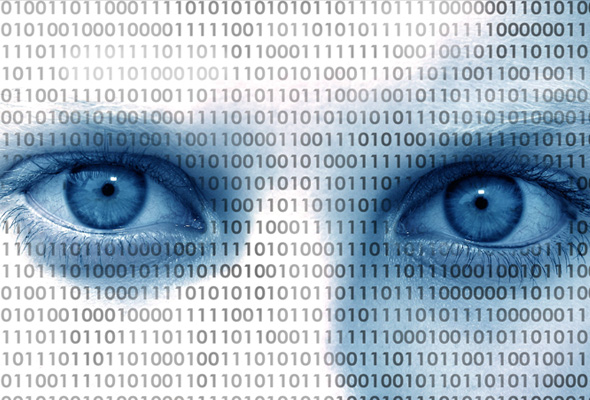
Big data system
Big data is often characterized by the 3Vs: the large volume of data in many environments, the wide variety of data types stored in big data systems and the velocity at which the data is generated, collected and processed.
These characteristics were first identified by Doug Laney, then an analyst at Meta Group Inc., in a report published in 2001; Gartner further popularized them after it acquired Meta Group in 2005. More recently, several other Vs have been added to different descriptions of big data, including veracity, value and variability.
Although big data doesn’t equate to any specific volume of data, big data deployments often involve terabytes (TB), petabytes (PB) and even exabytes (EB) of data captured over time.



